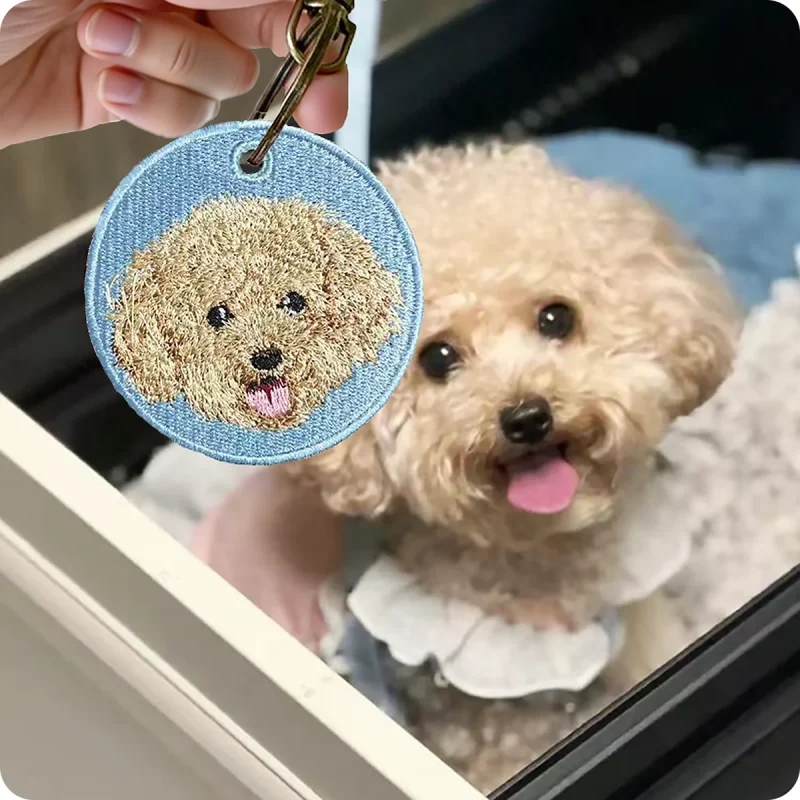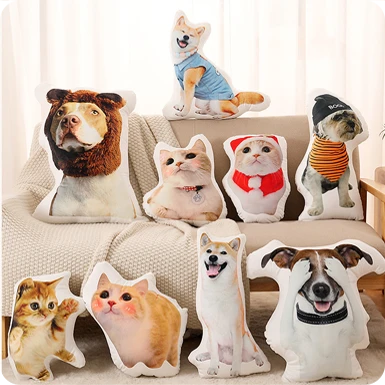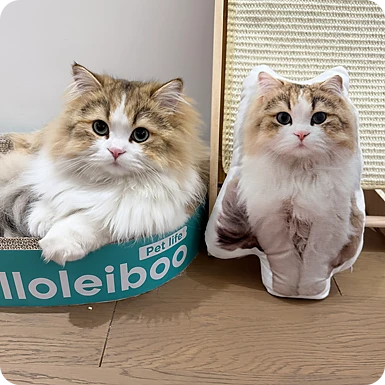Articles
The Millennium Heritage and Contemporary Rebirth of Embroidery Craft
Embroidery, a traditional craft with needles as its backbone and threads as its soul, has carried humanity’s ultimate pursuit of beauty since its birth, and has precipitated into a brilliant cultural treasure in the long river of time. Originating from the mending skills of ancient ancestors, it has undergone thousands of years of evolution—developing from simple pattern decorations into a comprehensive art integrating painting, design, and craftsmanship, and running through the development of Chinese and even world civilizations.

The art of Chinese embroidery is broad and profound, with every stitch and thread condensing the hard work and wisdom of craftsmen. When creating an embroidery work, craftsmen first outline a draft on the fabric, then select threads according to the needs of the pattern. Threads come in various materials: the softness of silk threads, the simplicity of cotton threads, and the thickness of woolen threads, all of which endow the work with different textures. Stitching methods are even more the soul of embroidery. The delicacy and smoothness of flat stitch, the rich layers of padding stitch, the three-dimensional fullness of seed stitch, and the magnificent grandeur of gold coiling stitch—dozens of stitching methods are interwoven and applied. They can accurately present the grandeur of mountains, rivers, lakes, and seas, the vitality of flowers, birds, insects, and fish, as well as the delicacy of human expressions, making static fabrics burst with dynamic vitality.
During its long development, Chinese embroidery has formed schools with distinct regional characteristics. Su Embroidery is famous for its “exquisiteness, delicacy, elegance, and purity”—a single silk thread can be split into dozens of thinner threads, and the goldfish scales embroidered are as thin as cicada wings, vivid and lifelike. Xiang Embroidery is good at depicting beasts and is well-known for its “lion and tiger” themes; through the light and dark changes of threads, it shows the layering of fur, fully demonstrating the powerful charm of fierce animals. Yue Embroidery features bright and vivid colors, and often uses gold threads to outline contours; its patterns are magnificent and grand, full of Lingnan style. Shu Embroidery has rigorous stitching methods, emphasizing “neat stitches and shiny thread sections”; the flowers, birds, melons, and fruits it embroiders are fresh and realistic, combining the beauty of robustness and vitality. These schools complement each other and jointly build the artistic palace of Chinese embroidery.
With the development of the times, embroidery is no longer limited to traditional fields such as clothing, folding screens, and ornaments, but integrates into modern life with an innovative attitude. Designers combine embroidery elements with fashionable items, allowing exquisite embroidery patterns to appear on clothing, luggage, and accessories. In the field of cultural and creative products, custom embroidery has become a new trend—whether it is a pet portrait keychain carrying emotions or a personalized backpack charm engraved with memories, all use delicate stitches to freeze unique emotions and stories. The ancient embroidery craft, in the collision between tradition and modernity, not only retains the warmth of millennium craftsmanship but also radiates a fashionable and vivid atmosphere. It has become a cultural symbol transcending time and space, continuing to write the poetic legend between needles and threads.


